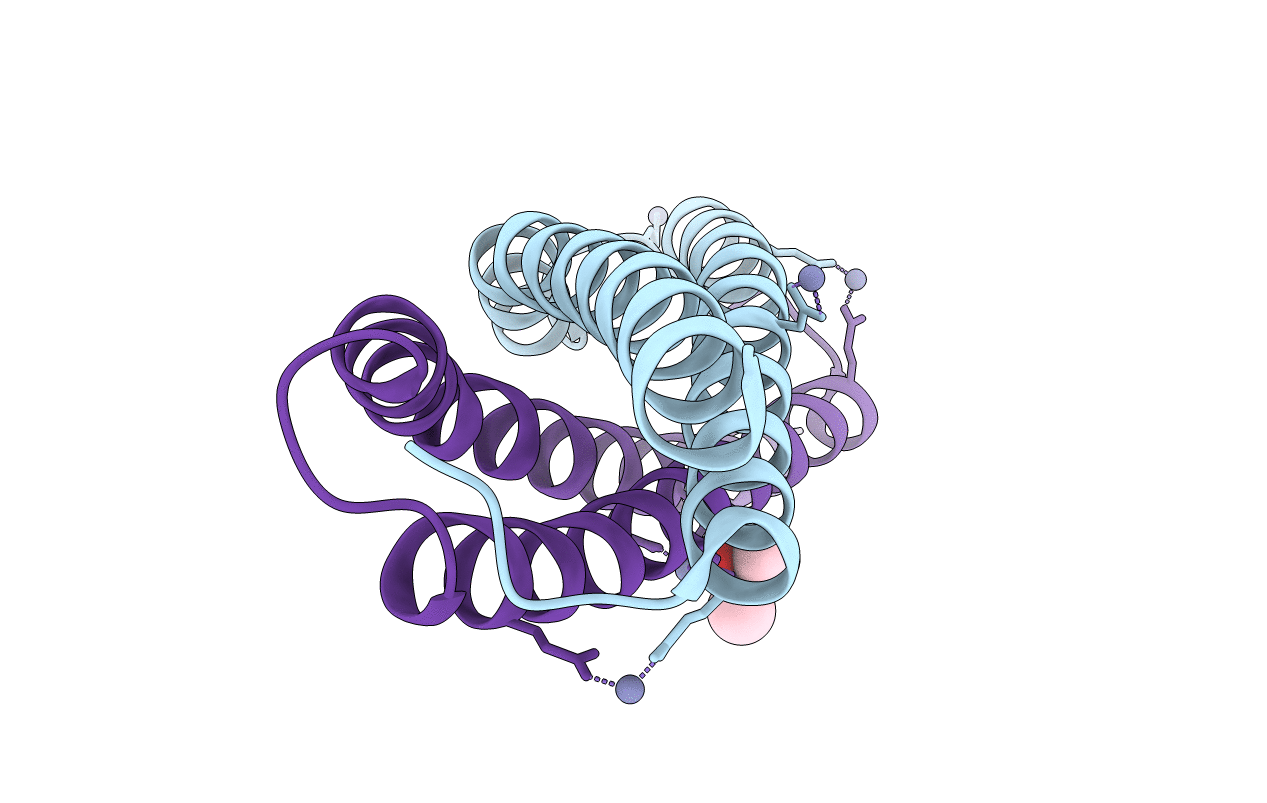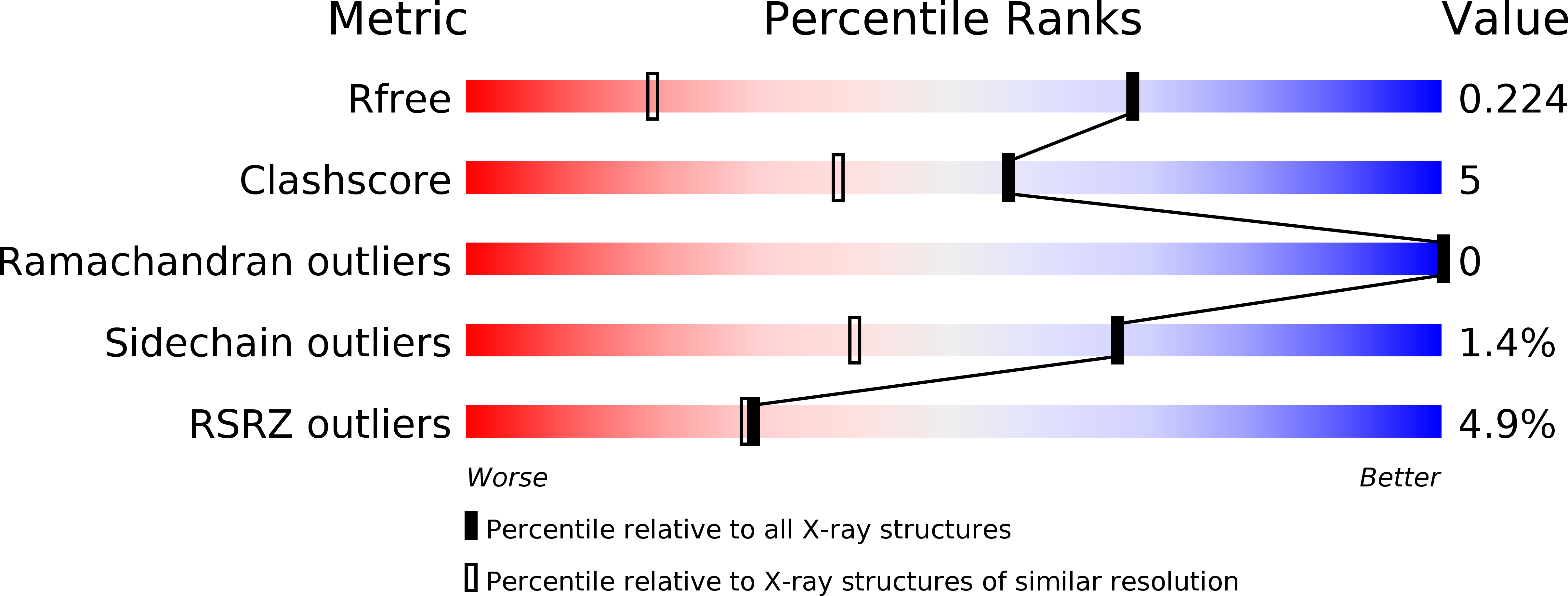
Deposition Date
2008-04-17
Release Date
2008-08-26
Last Version Date
2024-10-09
Entry Detail
PDB ID:
2VS0
Keywords:
Title:
Structural analysis of homodimeric staphylococcal aureus virulence factor EsxA
Biological Source:
Source Organism:
STAPHYLOCOCCUS AUREUS (Taxon ID: 1280)
Host Organism:
Method Details:
Experimental Method:
Resolution:
1.40 Å
R-Value Free:
0.21
R-Value Work:
0.16
R-Value Observed:
0.16
Space Group:
P 1


